California’s stunning coastline has become a magnet for vanlifers seeking adventure and freedom on four wheels.
But as more converted vans and campers line the beaches and neighborhoods, locals are voicing strong opinions about this growing trend.
From parking wars to environmental concerns, the relationship between residents and road nomads is complicated and often tense.
1. Frustration Over Limited Parking and Crowding
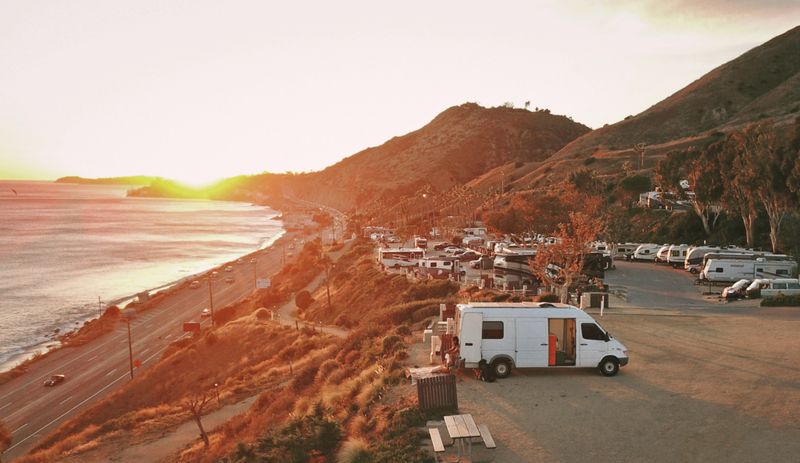
Competition for parking spots has become a serious headache for Californians living near the coast. Vanlifers occupy prime real estate in beach lots, residential streets, and scenic viewpoints, especially when summer crowds arrive.
Day-trippers and locals who just want to enjoy their neighborhood beaches often circle endlessly, unable to find a single open space. The frustration builds when oversized vehicles camp out for days, blocking access that residents feel they deserve.
Many communities have started posting time limits and size restrictions, but enforcement remains inconsistent and controversial.
2. General Annoyance with Litter and Waste
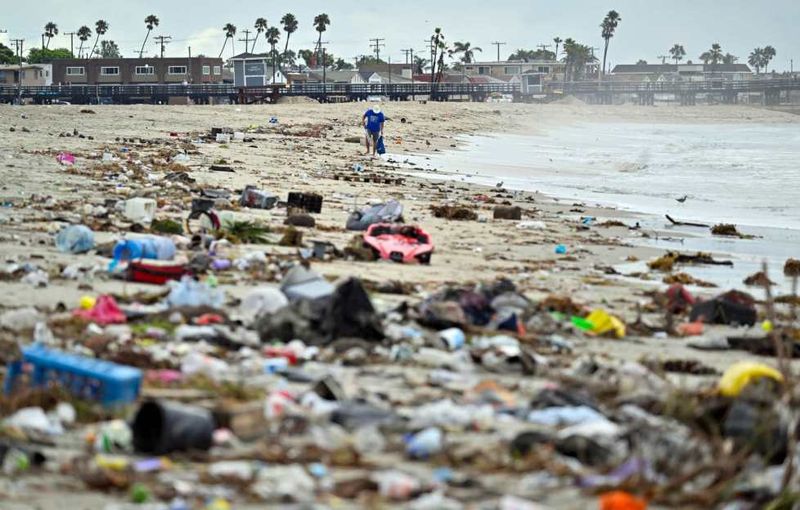
Nothing irritates coastal residents more than discovering piles of trash, human waste, or dirty dishwater left behind by careless vanlifers. The Leave No Trace principle seems lost on some travelers who treat public spaces like personal dumping grounds.
Local park staff and volunteers spend countless hours cleaning up messes that shouldn’t exist in the first place. Greywater dumped into storm drains flows straight to the ocean, harming marine life and water quality.
Residents argue that if you can’t dispose of waste responsibly, you shouldn’t be living the van lifestyle at all.
3. Perception of Them Contributing to Homelessness
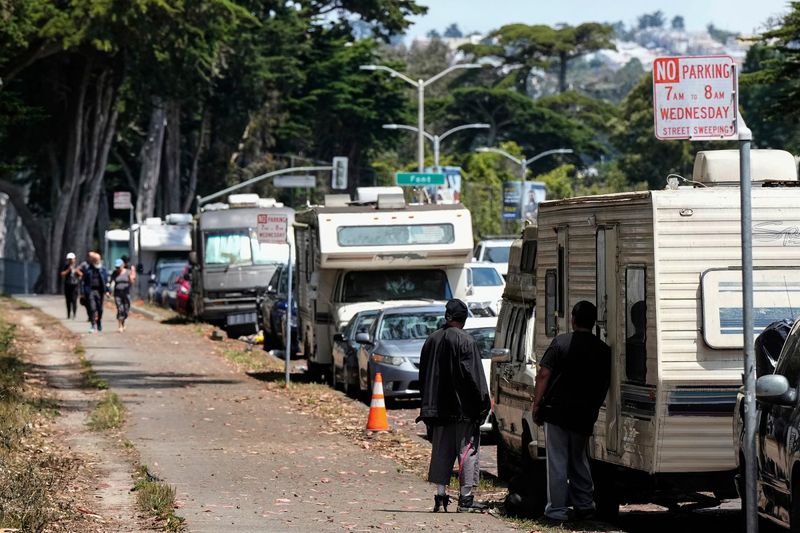
California’s housing crisis has created a sensitive and blurry boundary between lifestyle vanlifers and people experiencing vehicular homelessness. Many residents struggle to distinguish between someone choosing minimalism and someone without housing options.
Local governments often treat all vehicle-dwellers the same way, passing ordinances that sweep everyone into the same category. This collective approach leads to displacement policies that affect both intentional nomads and families struggling financially.
The conversation becomes emotionally charged because it touches on deeper issues of affordability, inequality, and community responsibility that nobody has fully solved.
4. Resentment Over Exploitation of Resources

A common complaint among Californians centers on fairness and contribution. Vanlifers enjoy the state’s gorgeous beaches, mild weather, and public facilities without paying property taxes or supporting local infrastructure through rent.
Locals who foot hefty tax bills feel shortchanged when outsiders use bathrooms, showers, parking areas, and parks their money maintains. The argument goes that if you benefit from community resources, you should help fund them somehow.
While tourists also use these spaces, vanlifers often stay longer and rely more heavily on facilities, making the imbalance feel more pronounced and personal to residents.
5. Appreciation for the Economic Boost in Some Areas
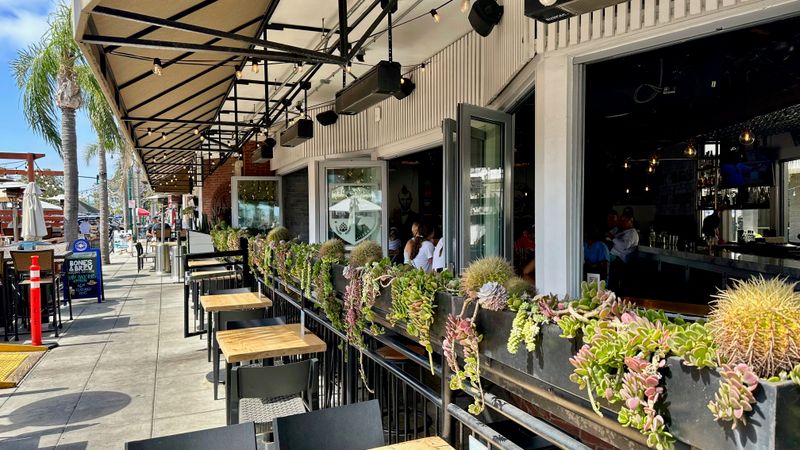
Not all feedback is negative; smaller coastal towns actually welcome the cash vanlifers bring through their doors. Gas stations, diners, grocery stores, and surf shops see a noticeable uptick when road travelers stop to refuel and restock.
In communities heavily dependent on tourism, every dollar counts, and vanlifers often support family-owned businesses rather than big chains. Local shop owners appreciate customers who buy fresh produce, coffee, and supplies regularly throughout their stay.
However, this appreciation usually comes with an unspoken expectation: spend money, be respectful, and keep moving after a reasonable visit.
6. Support for the Van Life Mindset Among Some

Among younger and more progressive Californians, the vanlife movement actually earns respect and even admiration. These supporters view it as a clever response to California’s outrageous housing costs and a rejection of traditional consumerism.
Why be house-poor when you can explore the entire coastline and prioritize experiences over mortgage payments? The minimalist philosophy resonates with people tired of working endless hours just to afford rent in expensive cities.
This group sees vanlifers as modern pioneers embracing freedom, sustainability, and intentional living, even if the lifestyle isn’t perfect or universally welcomed by everyone.
7. Demand for Stricter Overnight Parking Rules
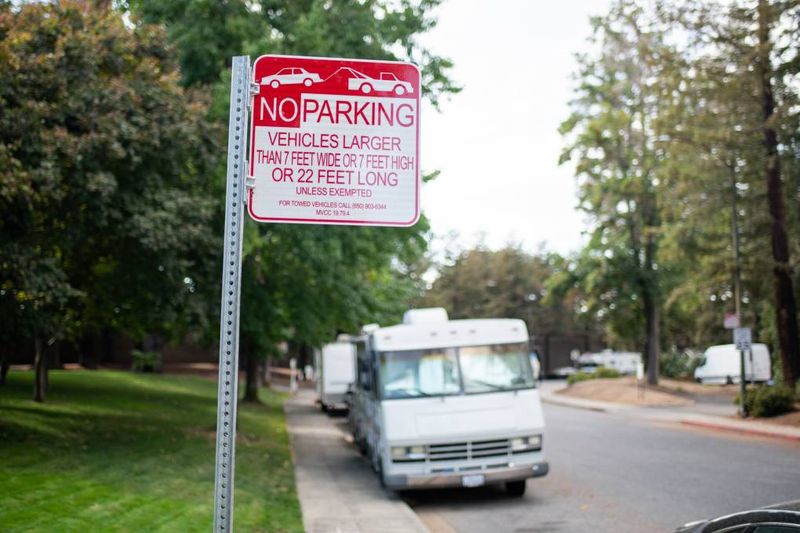
Coastal neighborhoods have pushed hard for tougher laws regulating where and when oversized vehicles can park overnight. Residents tired of semi-permanent van encampments lobby city councils for ordinances with real teeth and consistent enforcement.
Many communities now post clear signage prohibiting overnight stays, limiting vehicle sizes, or restricting parking hours to discourage long-term camping. These rules aim to preserve neighborhood character and prevent streets from becoming informal RV parks.
While some argue these laws criminalize homelessness, supporters insist they’re necessary to maintain quality of life and protect property values in residential areas.
8. Concerns Over Safety and Security
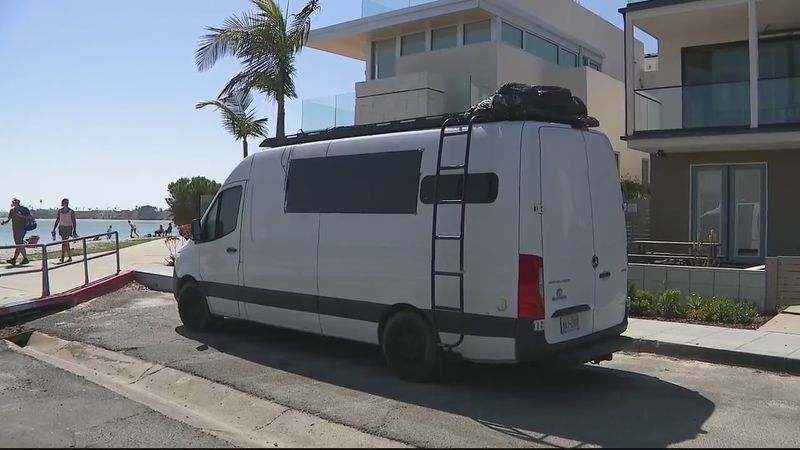
Homeowners often express unease when unfamiliar vans park on their streets for extended periods. Even though most vanlifers are harmless travelers, the presence of unknown vehicles creates anxiety about property crime, noise, and general safety.
Neighbors worry about who’s inside those tinted windows and whether their presence invites break-ins or other problems. These concerns, while frequently exaggerated, drive support for parking restrictions and increased police patrols.
The debate highlights tension between welcoming travelers and protecting established communities, with safety arguments frequently used to justify exclusionary policies regardless of actual crime statistics.
9. A Sense of Authenticity Versus Instagrammers
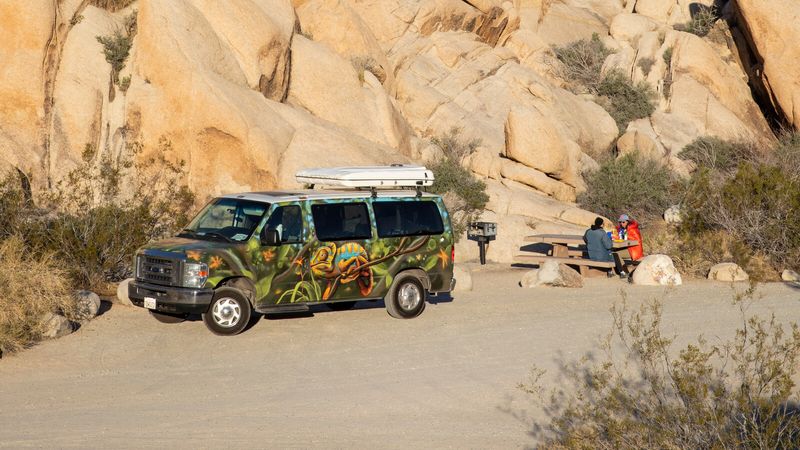
Californians draw a sharp distinction between genuine adventurers and social media posers chasing the perfect post. Hardcore vanlifers who explore remote BLM land and practice true self-sufficiency earn grudging respect from locals.
Meanwhile, the Instagram-famous crowd; often wealthy transplants parking illegally at photogenic beaches; gets mocked and resented. These travelers seem more interested in curating their online brand than actually experiencing nature or respecting local communities.
The authenticity debate reveals deeper frustrations about tourism, gentrification, and who gets to claim ownership of California’s natural beauty and lifestyle culture.
10. They Encourage Heading Inland Away from the Coast
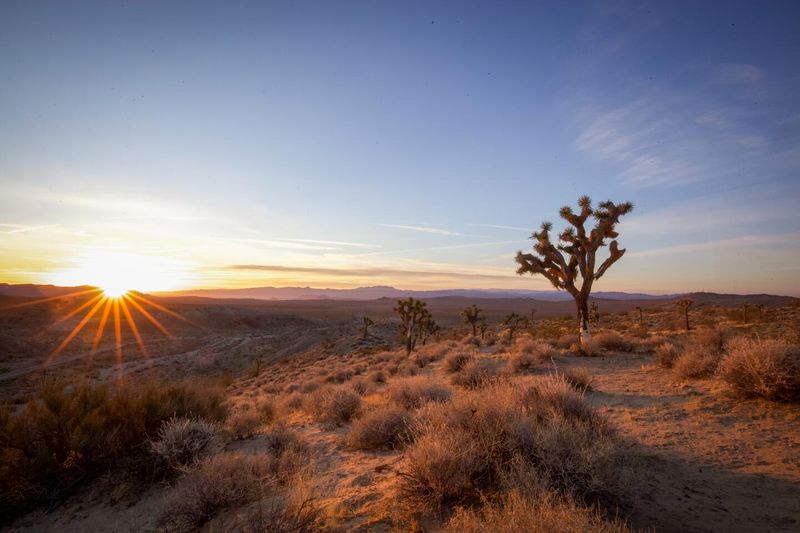
Ask any coastal resident or seasoned vanlifer for advice, and they’ll point you toward BLM land and National Forests inland. These areas offer legal, free camping with far less drama and much more space than crowded beach towns.
Moving inland relieves pressure on overtaxed coastal communities while giving travelers better camping experiences with fewer restrictions. Desert landscapes, mountain forests, and open rangeland provide stunning alternatives to fighting for parking near the ocean.
This suggestion benefits everyone: locals reclaim their neighborhoods, and vanlifers discover quieter, more authentic adventures beyond the Instagram-famous coastal hotspots everyone already knows about.
Dear Reader: This page may contain affiliate links which may earn a commission if you click through and make a purchase. Our independent journalism is not influenced by any advertiser or commercial initiative unless it is clearly marked as sponsored content. As travel products change, please be sure to reconfirm all details and stay up to date with current events to ensure a safe and successful trip.